Ah, the Mazda Miata. An icon. A staple. A stalwart in the automotive world that has inspired an almost cult-like following among the more than 1 million people who have put one in their garage over the last 30 years. But, for some people, Miata isn't always the answer. At least, not for me.
I've never seen the appeal of the Miata. It's always been too slow, too wallowy through the corners, and too impractical to live with — and it's not like it has particularly good looks going for it, either. When I told my editors this, they naturally headed straight for their pitchforks. But before they burned me at the stake, I persuaded them to hand me the keys to a 2022 Miata for a week to see if maybe, just maybe, I'd have a change of heart.
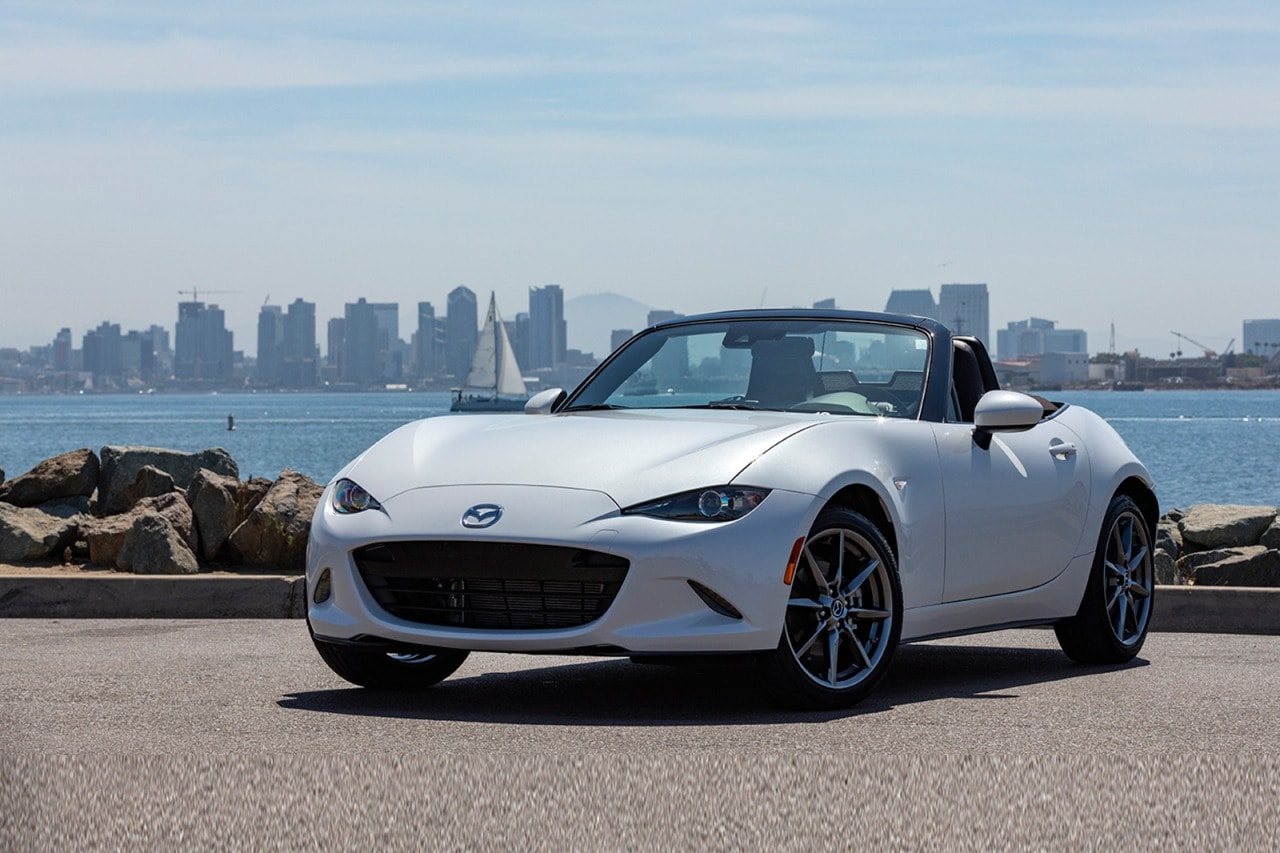

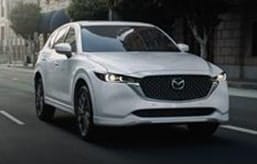
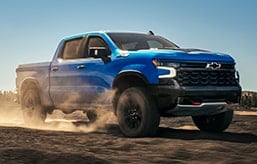

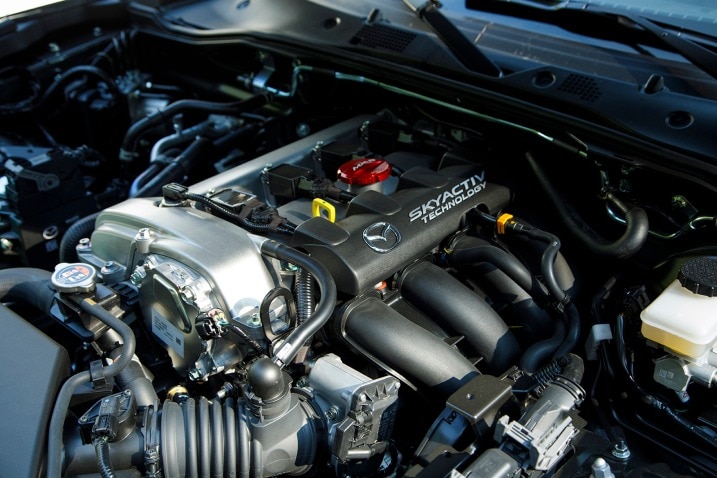
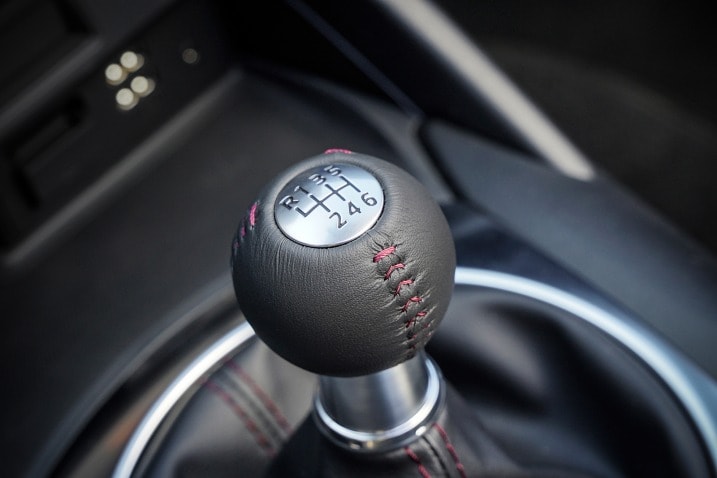
 by
by